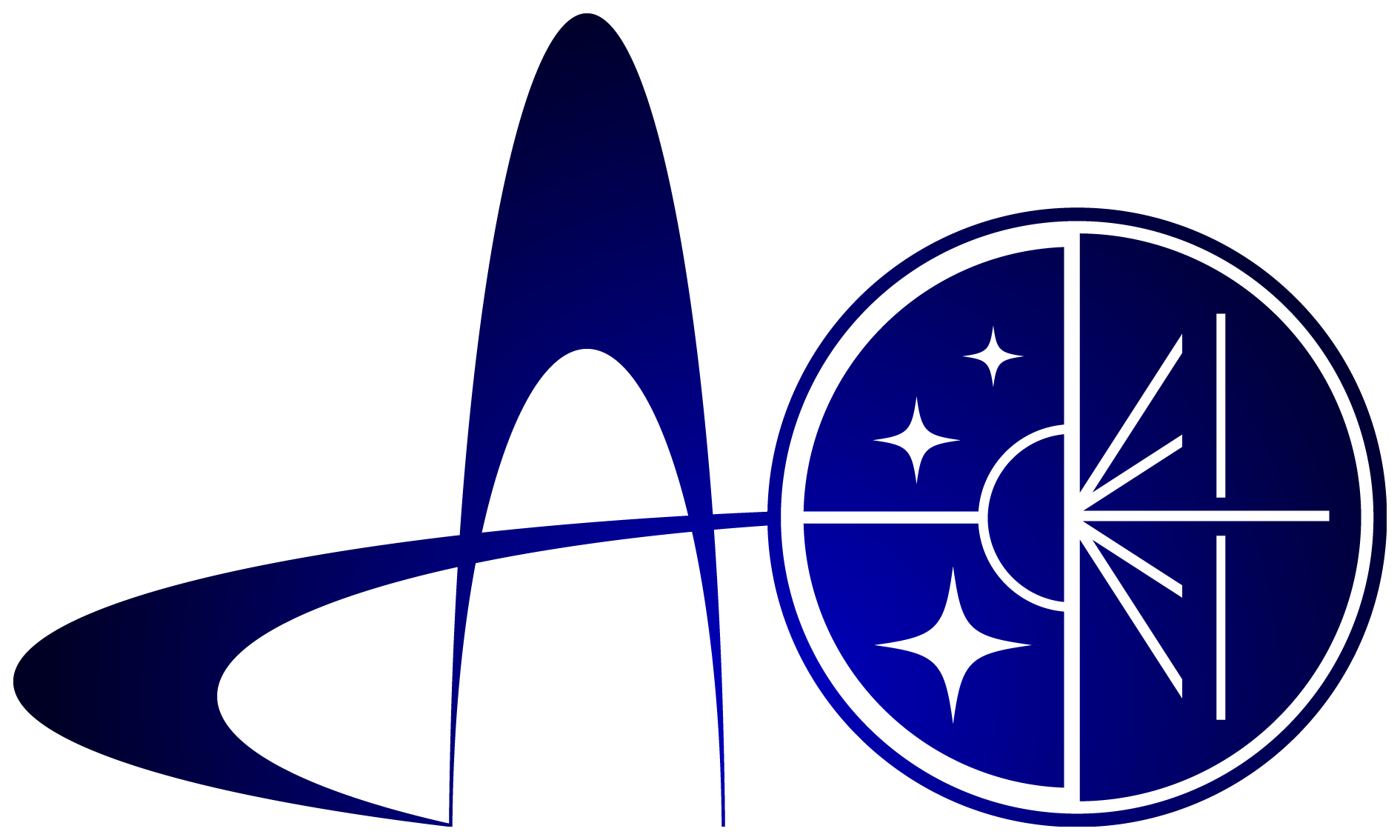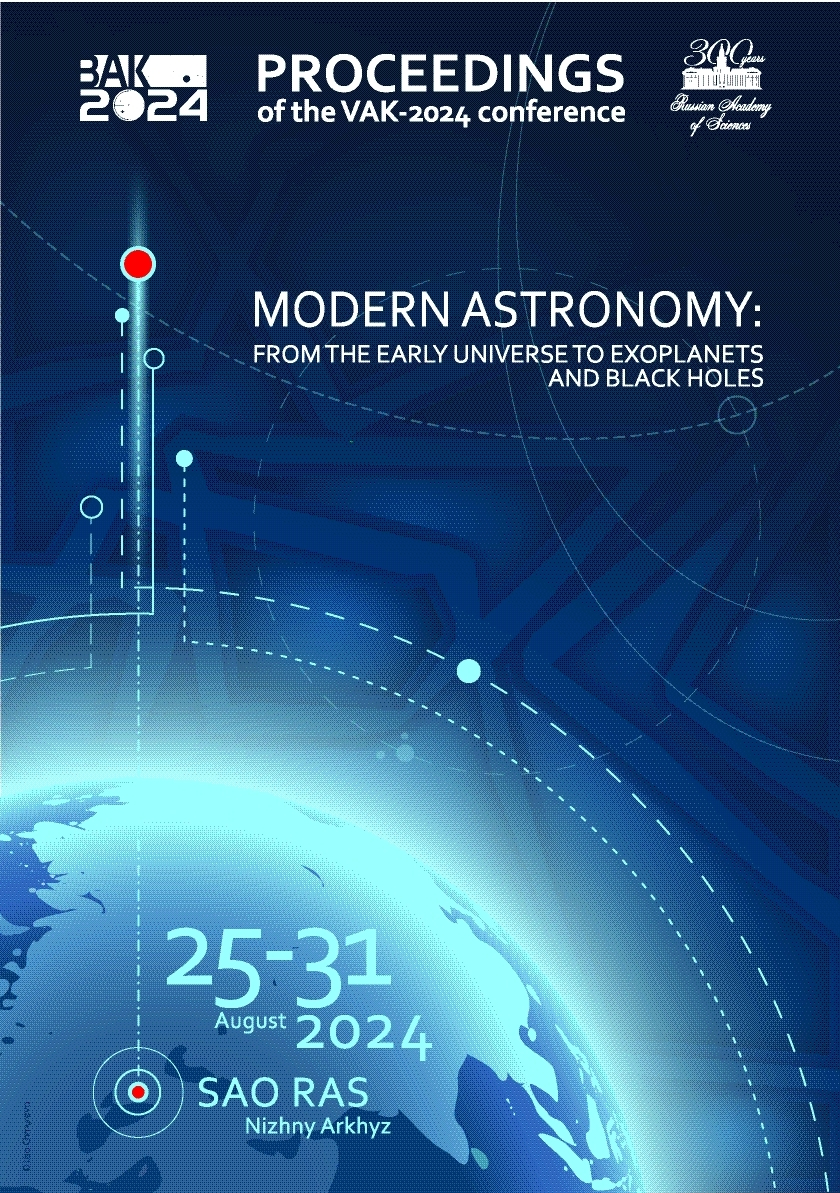Special Astrophysical Observatory of the Russian Academy of Sciences
Ventspils University of Applied Sciences
Kazan Federal University
UDC 53
UDC 520
UDC 521
UDC 523
UDC 524
UDC 52-1
UDC 52-6
CSCSTI 41.00
CSCSTI 29.35
CSCSTI 29.31
CSCSTI 29.33
CSCSTI 29.27
CSCSTI 29.05
Russian Classification of Professions by Education 03.06.01
Russian Classification of Professions by Education 03.05.01
Russian Classification of Professions by Education 03.04.03
Russian Library and Bibliographic Classification 2
Russian Library and Bibliographic Classification 223
Russian Trade and Bibliographic Classification 614
Russian Trade and Bibliographic Classification 6135
BISAC SCI004000 Astronomy
BISAC SCI005000 Physics / Astrophysics
Quasi-periodic pulsations (QPPs) were observed in the light curves of solar and stellar flares. The number of stellar QPP events is quite small (213 in 2021), which is why they are interesting. QPPs can be used to investigate the properties of flare regions and they are still a problem for flare models. QPPs were identified in stellar flares across a wide range of wavelengths, from radio to X-rays. In the optical band they are searched mainly in the Kepler and TESS data. The periods of QPPs detected from these sources are longer (tens of minutes) than from the high cadence data. Observations with the 6-m telescope BTA and the MANIA complex, as well as the space observatory GALEX, reveal QPP periods of only tens of seconds. On the other hand, solar flares are typically weaker (energies $\ll 10^{32}$ erg) than stellar flares, that possibly makes them more difficult to detect in white light. Our data on 157 flares of dM-type stars (EV Lac, Wolf 359, Wolf 424, V577 Mon, and UV Ceti), obtained from 70 hours of observations with the BTA telescope in $U$-band with microsecond time resolution, represents a significant breakthrough in the search for QPPs in stars. In this paper, we present the characteristics of 13 QPPs found in 44 flares. The QPPs have periods ranging from 6 to 107 seconds, and were identified using both Fourier transform and empirical mode decomposition methods. We classify the observed QPPs based on the evolution of their oscillation envelopes and fractional flux amplitudes.
stars: flares, oscillations, low-mass
1. Doyle J.G., Shetye J., Antonova A.E., et al., 2018, Monthly Notices of the Royal Astronomical Society, 475, 2, p. 2842
2. Nisticó G., Pascoe D.J., Nakariakov V.M., 2014, Astronomy & Astrophysics, 569, id. A12
3. Plokhotnichenko V.L., Beskin G.M., de Boer V.G., et al., 2021, Astrophysical Bulletin, 76, 4, p. 472





